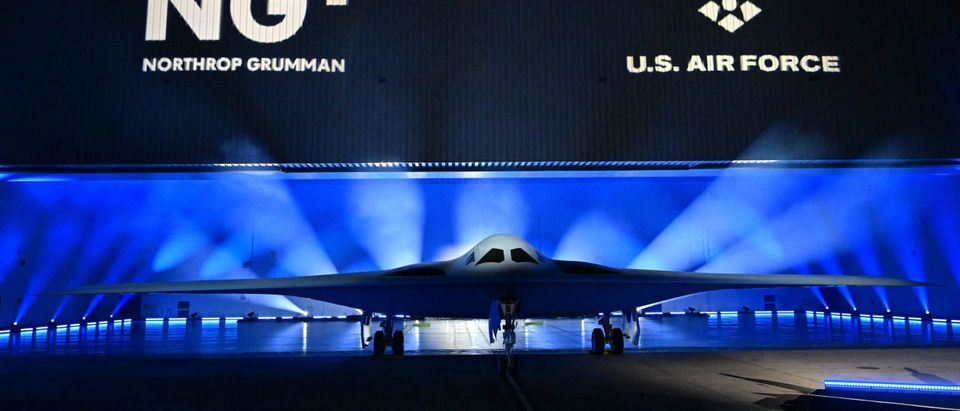
(Photo by FREDERIC J. BROWN/AFP via Getty Images)
MICAELA BURROW
Congress has placed massive orders for weapons and equipment amid war in Ukraine and fears of aggression from other U.S. rivals, intensifying pressure on the defense industry to meet those orders.
Business is booming for contractors today, but they will have to manage some ongoing obstacles to production if they are to meet demand, experts told the DCNF.
“Congress has been leaning in this direction for several years, and it is the mood of the Washington consensus right now to throw money at defense,” Eugene Gholz, a professor at the University of Notre Dame and a former senior Pentagon official, told the DCNF.
Congress authorized a massive increase in spending on weapons and ammunition in 2023, signaling a willingness to continue providing defense contractors the funding they need to deliver on future Pentagon orders, experts told the Daily Caller News Foundation.
The Department Of Defense (DOD) would receive a 9% boost in defense spending, with some of the largest increases occurring in weapons budgets, in 2023 as part of Congress’ yearly funding bill, which allocates a total of $858 billion for defense. Concern that the U.S. lacks the capacity to both support Ukraine and deter China from attacking Taiwan have intensified as the U.S. continues to send billions in aid to Kyiv, but contractors will have to negotiate production challenges in order to supply what Congress and the White House believe they need, experts explained to the DCNF.
“This was not a ‘Christmas gift’ in the sense that defense industry pressure or an insider military-industrial complex led to the defense spending increases,” Eugene Gholz, a professor at the University of Notre Dame and a former senior Pentagon official, told the DCNF. “Congress has been leaning in this direction for several years, and it is the mood of the Washington consensus right now to throw money at defense.”
Since President Joe Biden submitted his initial funding request in March, Congressional appropriators estimated the industry would require an additional $1 billion to meet the same procurement thresholds. The National Defense Authorization Act and follow-on funding bill decreases the size of the U.S. army but adds funding for weapons, setting aside $162.2 billion for the defense industry, or roughly $17.2 billion more than Biden’s request, Inside Defense reported.
In addition, $17 billion of the $45 billion emergency financial assistance approved for Ukraine is destined for the defense industry.
“It’s not more money for the same stuff. It’s the DOD realizing we haven’t invested enough for years and now we have to catch up,” Maiya Clark, a senior research associate at the Heritage Foundation, told the DCNF.
The war in Ukraine has severely depleted U.S. and European weapons stockpiles, generating heightened demand to replenish those reserves, while countries are seeking to grow and modernize their capabilities to guard against the effects of Russia’s war and the increasingly belligerent China and North Korea. White House National Security Adviser Jake Sullivan said on Dec. 16 the Ukraine crisis had exposed existing vulnerabilities in the defense industrial base that would need to be addressed.
“The diversion of existing stocks of weapons and munitions to Ukraine and pandemic-related supply chain issues has exacerbated a sizeable backlog in the delivery of weapons already approved for sale to Taiwan, undermining the island’s readiness,” the U.S.-China Economic and Security Review Commission recently found. The backlog of deliveries to Taiwan has reached $18.7 billion, according to The Wall Street Journal.
For the second year in a row, the Pentagon has clocked an average 4.3% budget increase year over year after factoring in inflation, compared to 1% for the years from 2015 and 2021, according to an analysis the Center for Strategic and Budgetary Assessments completed for The New York Times and shared with the DCNF. Defense spending is approaching levels not seen since the height of the wars in Iraq and Syria in real dollars.








